Wild fennel (Foeniculum vulgare) is a wild edible plant that grows in various regions and is known for its aromatic and flavorful leaves, seeds, pollen and bulbous stems. It's closely related to cultivated fennel and shares similar culinary and medicinal uses.
How To Identify Wild Fennel?
Here are the steps to help you identify wild fennel:
1. Height:
- Wild fennel is a tall, erect plant that can grow up to 5-10 feet (1.5-3 meters) in height.
2. Leaves:
What Are You Foraging For Right Now?
We're thrilled to hear your ideas. What would you like to submit today? Feel free to share your thoughts and experiences with us.
- The leaves of wild fennel are feathery, finely divided, and fern-like in appearance.
- They are bright green and often emit a strong, distinct anise or licorice scent when crushed or brushed against.
3. Stem:
- The stems are hollow and segmented, with a purplish hue near the base.
4. Wild Fennel Flowers:
- Wild fennel produces umbrella-like clusters of small, bright yellow flowers.
5. Aroma:
- One of the most distinguishing characteristics of wild fennel is its strong anise-like aroma. This scent is particularly noticeable when you rub or crush the leaves between your fingers.
7. Season:
- Wild fennel typically flowers in the summer, usually from June to August, depending on the location.


Where Do You Find Wild Fennel?
It tends to thrive in areas with ample sunlight, well-drained soil, and moderate moisture.
Here are some common places where you might find wild fennel:
- Fields and Meadows: Wild fennel is often found in open fields and meadows, especially those with relatively dry, sandy, or disturbed soils.
- Roadsides: It’s not uncommon to spot wild fennel growing along roadsides, especially in areas where the soil has been disturbed.
- Coastal Areas: Coastal regions with well-drained soils are favorable habitats for wild fennel. It’s often found along coastal roads, dunes, and cliffs.
- Disturbed Areas: Abandoned lots, construction sites, and other disturbed areas can provide a habitat for wild fennel to grow.
- Gardens: While considered a weed by some, wild fennel can establish itself in gardens and other cultivated spaces.
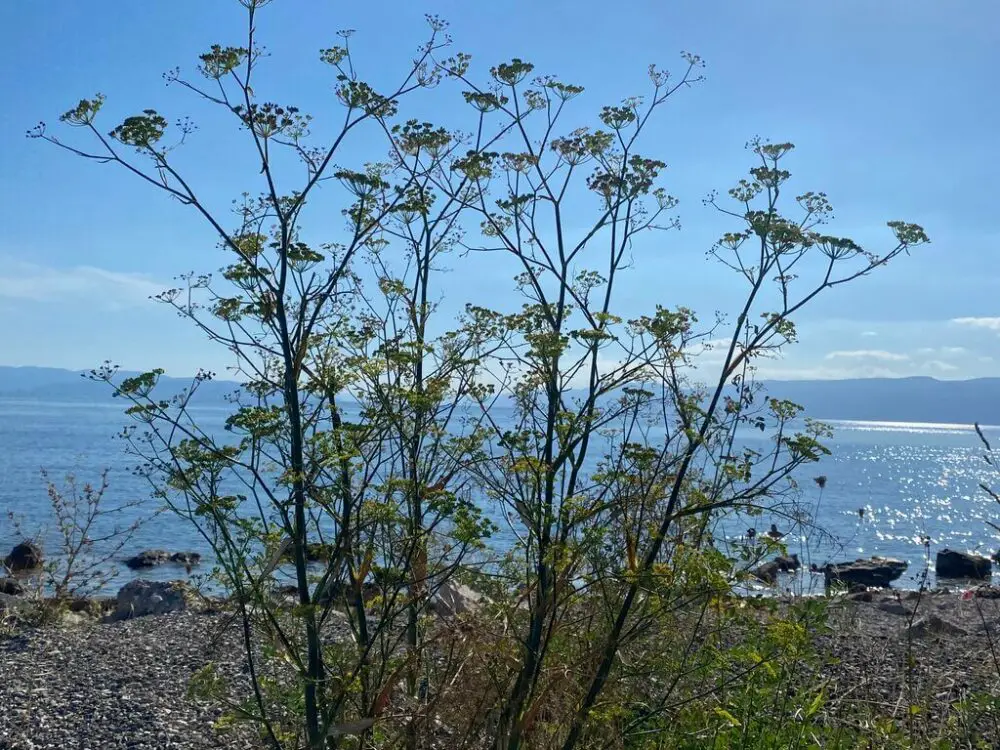
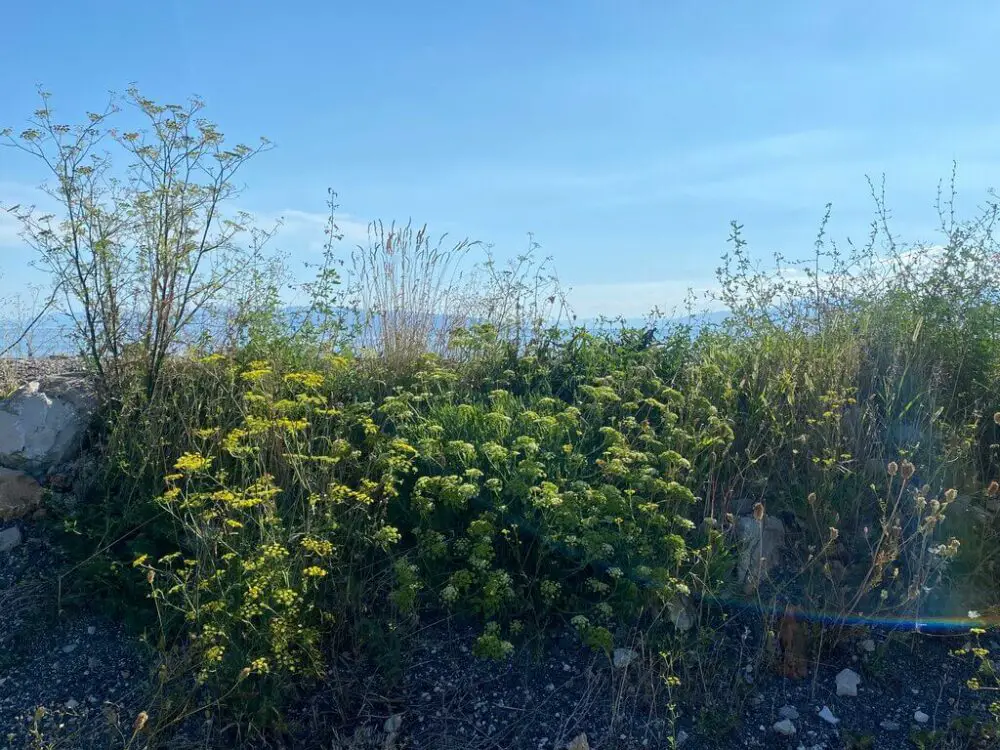

Can you eat wild fennel?
Yes, wild fennel leaves, seeds, and stems are edible. Wild fennel pollen (also known as fairy dust) is a highly prized culinary ingredient known for its intense flavor and aromatic qualities.
When foraging for wild fennel, make sure to properly identify the plant to avoid any toxic lookalikes.
What does wild fennel taste like?
Wild fennel has a distinct flavor that is often described as similar to anise or licorice. The taste of wild fennel is influenced by its aromatic compounds, primarily anethole, which is also found in other anise-flavored herbs and spices.
The intensity of the flavor can vary depending on the part of the plant you’re using. The seeds have a stronger and more concentrated anise flavor compared to the leaves.
Wild fennel uses
Wild fennel is a versatile plant that has been used for cooking and for medicinal purposes.
Culinary Uses
- Flavoring: Wild fennel’s leaves, seeds, and stems have a distinct anise-like flavor that can enhance the taste of various dishes.
- Herb: The feathery leaves can be used as an herb to flavor and garnish salads, sauces, soups, marinades, and more.
- Spice: The seeds can be toasted and ground to use as a spice in cooking and baking. They add a flavorful twist to dishes.
- Stems: In some varieties of wild fennel, the bulbous stems can be cooked and eaten, similar to cultivated fennel bulbs.
- Wild Fellen Pollen: Wild fennel pollen has a potent and concentrated flavor that is reminiscent of anise, licorice, and citrus notes. To harvest the pollen, gently shake the flower heads over a clean tray or sheet of paper.
Medicinal Uses
- Digestive Health: Like other fennel varieties, wild fennel has been used traditionally to promote healthy digestion and alleviate digestive discomfort.
- Carminative: It’s believed to have carminative properties, which means it may help reduce gas and bloating.
How to Make Wild Fennel Tea?
Ingredients:
- Fresh wild fennel leaves (about 1-2 tablespoons) OR wild fennel seeds (1 teaspoon)
- Water (about 2 cups)
- Honey or sweetener (optional)
Instructions:
- For Wild Fennel Leaf Tea:
- Roughly chop the cleaned wild fennel leaves.
- For Wild Fennel Seed Tea:
- Crush the wild fennel seeds lightly using a mortar and pestle to release their flavor.
- Bring about 2 cups of water to a boil in a pot or kettle.
- Place the prepared wild fennel leaves or crushed seeds in a tea infuser or a teapot.
- Pour the boiling water over the wild fennel leaves or seeds.
- Cover the tea with a lid or a small plate to retain the volatile oils responsible for its aroma and flavor.
- Let the wild fennel leaves or seeds steep in the hot water for about 5-10 minutes.
- If using an infuser, remove it from the tea.
- If using loose leaves or crushed seeds, strain the tea into a cup using a fine mesh strainer.
Other medicinal teas you may be interested to read about include:
Our Favorite Ways of Using Wild Fennel When Cooking
Infused Oil:
- Make wild fennel-infused oil by steeping cleaned wild fennel leaves in olive oil. This oil can be drizzled over grilled vegetables, pasta, or seafood for added flavor.
Aromatic Cooking:
- Add chopped wild fennel leaves to sautés, stir-fries, and rice dishes to infuse them with a subtle anise flavor.
Pickling:
- Add wild fennel seeds or stems to pickling liquids for a unique flavor dimension in pickled vegetables.
Baking:
- Incorporate crushed wild fennel seeds into bread, muffin, or cookie recipes for a hint of anise flavor.
Flavoring Liquors:
- Infuse wild fennel leaves or seeds into liquors like vodka or gin to create your own flavored spirits.
Mediterranean and Seafood Dishes:
- Wild fennel is often used in Mediterranean cuisine and pairs well with seafood. Use it to flavor dishes like grilled fish, seafood pasta, or seafood soups.
Roasted Vegetables:
- Toss chopped wild fennel leaves with roasted or grilled vegetables to enhance their flavor.
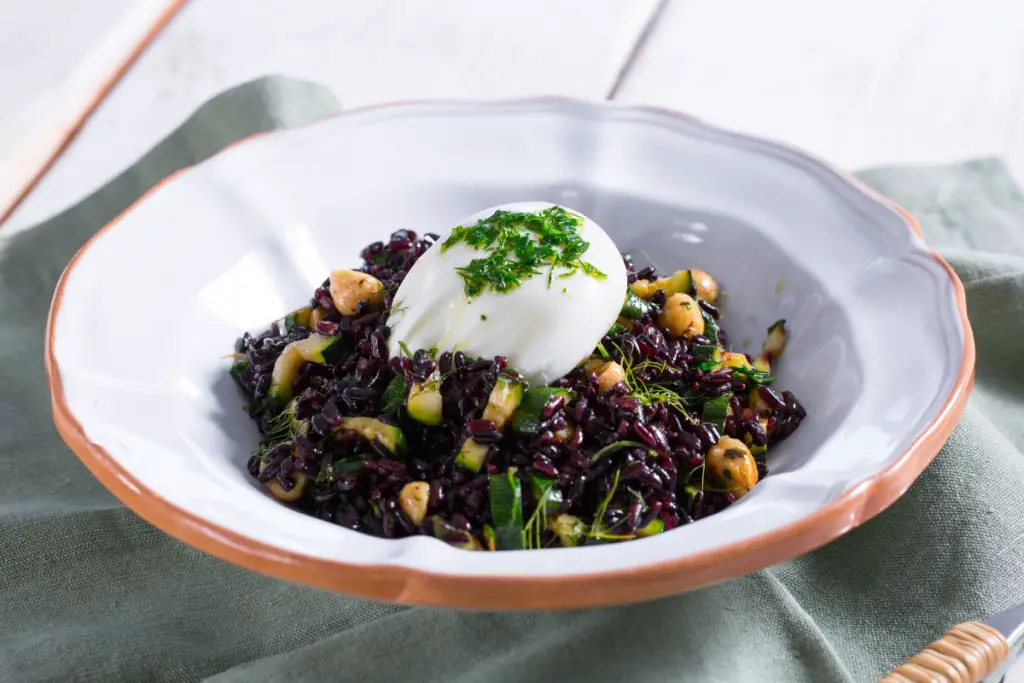
What is the difference between fennel and wild fennel?
Fennel (Foeniculum vulgare) and wild fennel (also Foeniculum vulgare, but sometimes specifically referred to as Foeniculum vulgare var. dulce) are closely related plants, however, there are some differences between the two:
| Differences in: | Wild Fennel | Fennel |
| Growth habit | larger bulbs and thicker stems | wild fennel can have a more variable growth habit |
| Bulbs | grown for its bulbous stem, which is used as a vegetable and has a mild anise-like flavor | smaller, less pronounced bulbs |
| Uses | bulb, leaves, and seeds are commonly used in cooking | primarily known for its leaves and seeds |
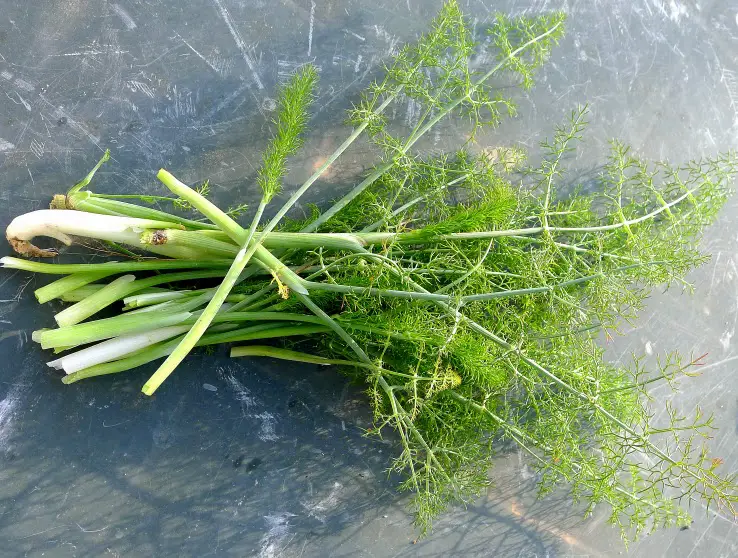

Are there any poisonous wild fennel lookalikes?
There are a few plants that can resemble wild fennel and may be potentially toxic. It’s important to be able to differentiate between wild fennel and these lookalikes to ensure that you’re harvesting the correct plant.
Here are a couple of plants that are sometimes mistaken for wild fennel:
Hemlock (Conium maculatum)
- Hemlock is a highly toxic plant that can be mistaken for wild fennel, especially when it’s in its early stages of growth.
- Unlike wild fennel, hemlock has a hairless stem that is often marked with purple spots or streaks.
- Hemlock leaves are finely divided, similar to wild fennel’s leaves, but they have a more lacy and delicate appearance.
- Hemlock does not have the distinct anise scent that wild fennel has.
- Hemlock is extremely toxic if ingested and can be fatal. It’s important to avoid harvesting or consuming any plant that resembles hemlock.
Water Hemlock (Cicuta species)
- Water hemlock is another highly poisonous plant that can resemble wild fennel, particularly when it’s in bloom.
- Water hemlock has umbrella-like clusters of white flowers that can look similar to the flower clusters of wild fennel.
- Water hemlock leaves are divided and toothed, but they lack the distinct anise scent of wild fennel.
- Like hemlock, water hemlock is extremely toxic and can be fatal if ingested.

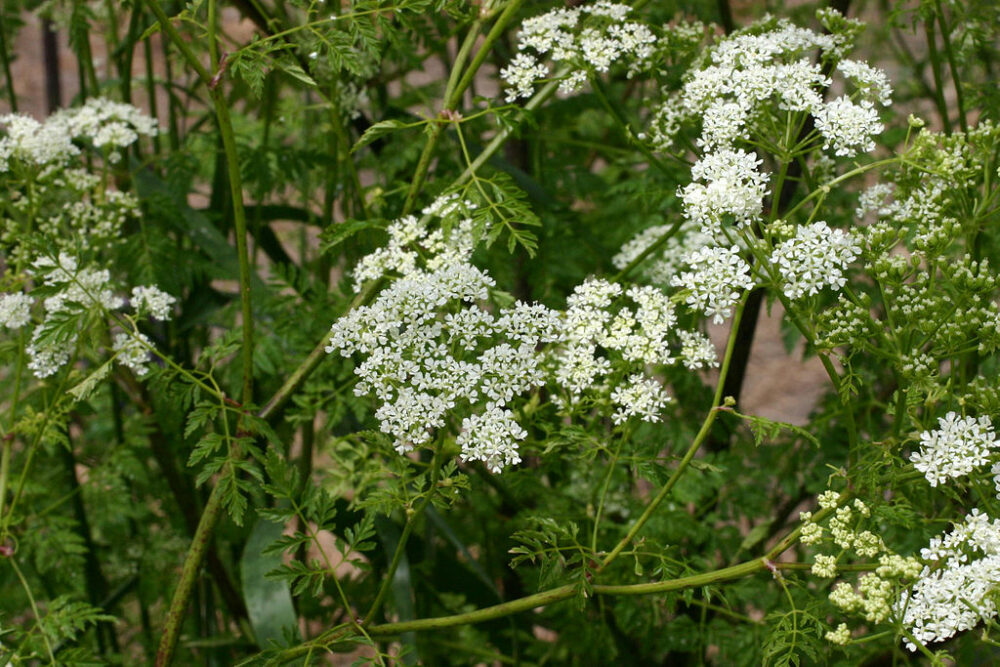
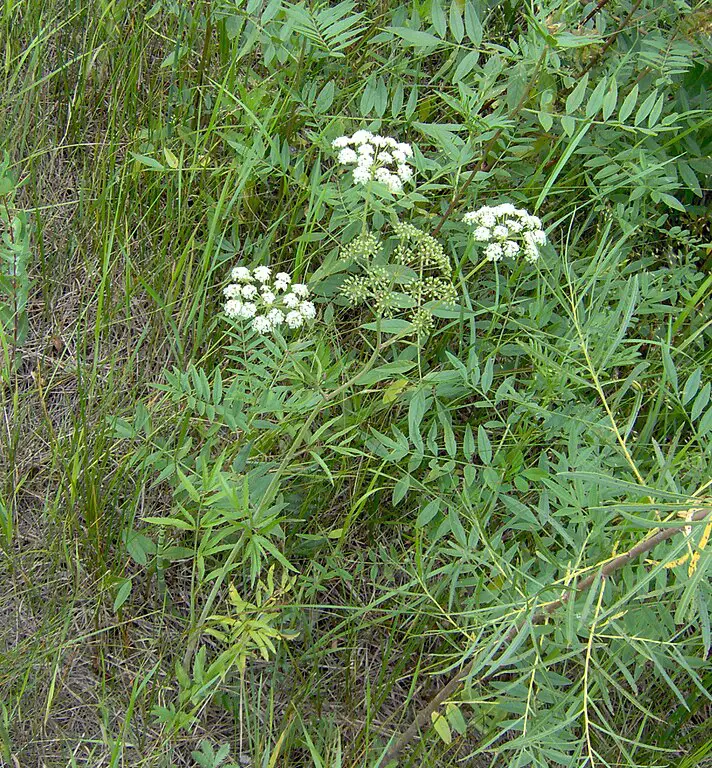
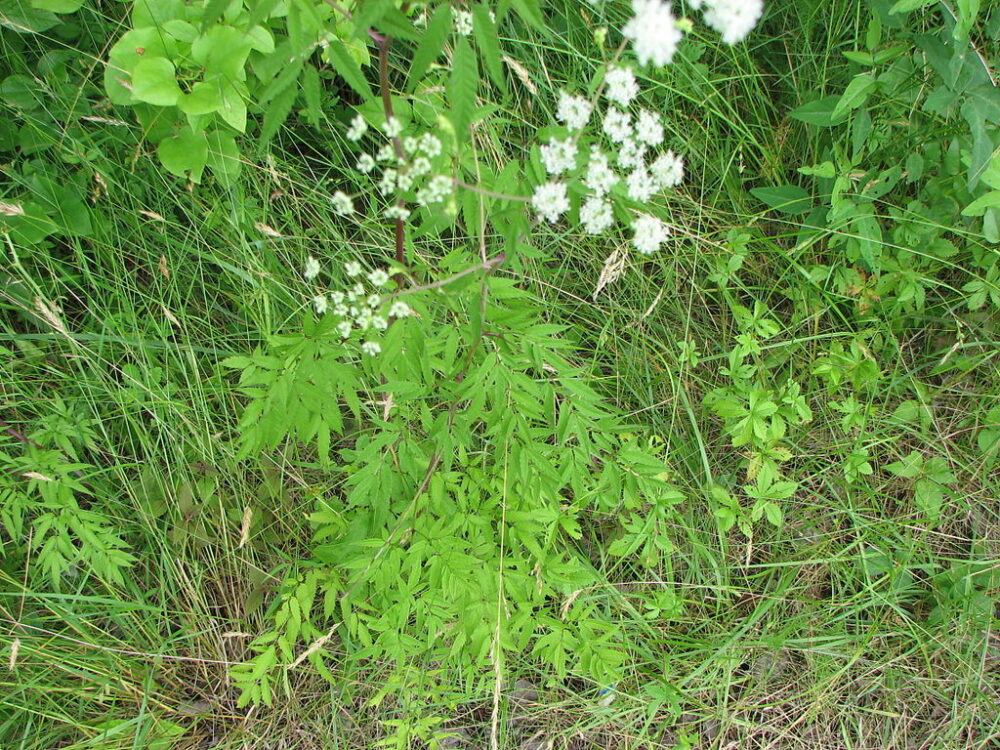
Foraging for Wild Fennel
Wild fennel can be found in various regions of the United States, particularly in areas with a Mediterranean climate or in open habitats.
Where to Forage
California is known for its abundant wild fennel growth, particularly along roadsides, fields, and coastal areas. It’s one of the more prevalent regions for foraging wild fennel.
Some parts of the Pacific Northwest, including Oregon and Washington, also have suitable conditions for wild fennel growth.
When to Forage
You can harvest wild fennel leaves throughout the growing season, but they are often most tender and flavorful in the spring and early summer before the plant starts to flower.
If you’re interested in collecting wild fennel seeds, the seeds are typically mature and ready for harvest when the flower clusters have turned brown and dried on the plant.
What to read next: A Forager’s Guide To Wild Chives
Ana has always been interested in all things nature and flora. With her expertise in home gardening and interest in foraging, she has been spending her weekends and free time looking for edible native plants, flowers, and fungi. One of her many hobbies includes testing new savory and sweet recipes, juices or teas made from freshly picked plants, wild fruits, or mushrooms.

